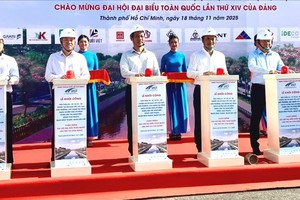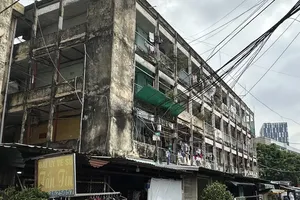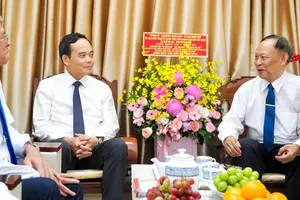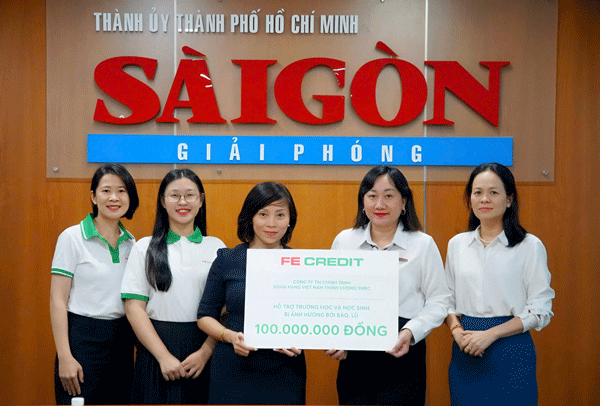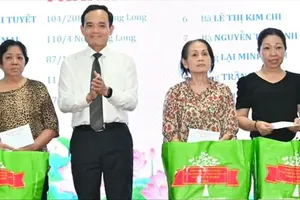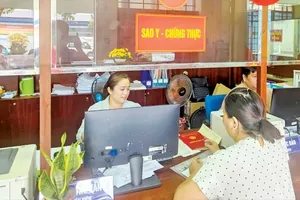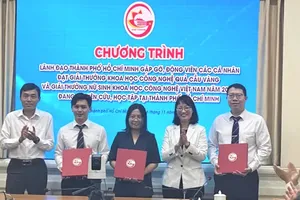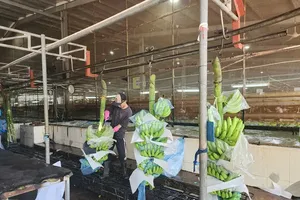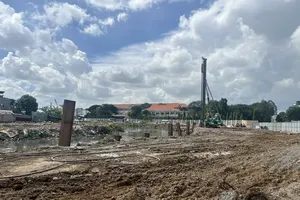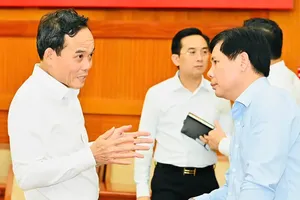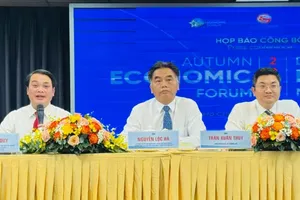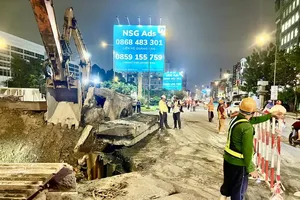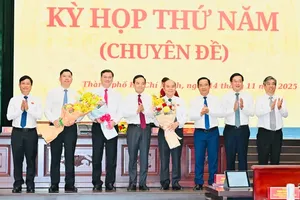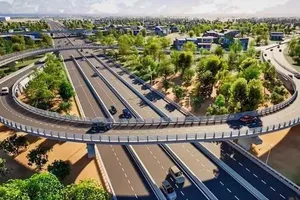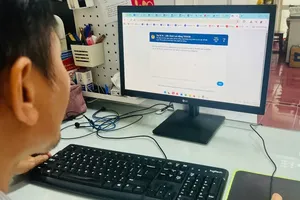
He engaged passengers in ordinary conversation who enthusiastically shared their experience using the modern public transit system. The Party General Secretary became more approachable by providing locals with a safe and friendly atmosphere.
Furthermore, the direct experience of the metro line shows the leadership vision for the development of urban transport infrastructure in the Southern region, especially the 200 km metro network, which is expected to be completed in the next 10 years, and 500 km in the following years to cover the entire city. Additionally, there are plans for a metro line running from Suoi Tien Station in Ho Chi Minh City through My Phuoc-Tan Van Street and road XT1, leading to the central station in the Binh Duong Industrial, Urban, and Service Complex; and traveling along the National Highway 1 to the Cho Sat junction in Bien Hoa City, Dong Nai Province.
In the context of the Government submitting a proposal to pilot certain special mechanisms and policies for the development of urban rail networks in Hanoi and Ho Chi Minh City to the National Assembly, the presence of General Secretary To Lam on Metro Line 1 (Ben Thanh - Suoi Tien) is a driving force as well as a commission to accelerate the concretization of the "backbone" of the urban public transport system in the southern economic hub.
Acknowledging and embracing this responsibility, the newly appointed Chairman of the Ho Chi Minh City People's Committee, Nguyen Van Duoc, has identified "implementing urban programs and solutions and infrastructure development offering a link with the Southeastern region and the Mekong Delta, such as the construction project of the urban railway system in Ho Chi Minh City associated with the development of urban areas and TOD (Transit-Oriented Development) models”.
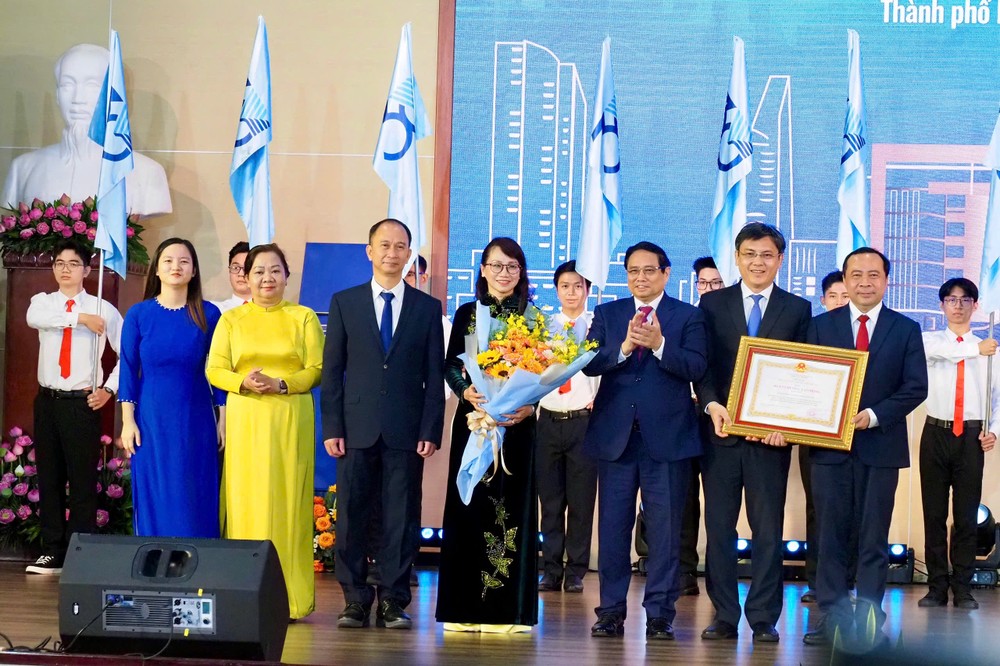
Also on February 22, on the train of knowledge of Ho Chi Minh City in particular and the Southern region in general, Vietnam National University, Ho Chi Minh City (VNU-HCM) held a ceremony to celebrate its 30th anniversary (1995-2025), marking a proud development journey. The event is not only an opportunity to review past achievements but also a chance to create future directions, especially as Vietnam aims to drive digital transformation, develop core technologies, and build a knowledge-based economy.
Prime Minister Pham Minh Chinh said that Vietnam National University, Ho Chi Minh City (VNU-HCM)’s mission is nurturing talent, training high-quality human resources, conducting scientific research, developing technology, and transferring knowledge across multiple fields.
If education is the national policy, the role of education, training, technology transfer, and innovation at Vietnam National University, Ho Chi Minh City (VNU-HCM) has a core value in the entire region. This mission, placed in the context of the adoption of Resolution No. 57-NQ/TW on breakthroughs in science, technology, innovation, and national digital transformation, which was issued on December 22 last year by the Party General Secretary, is becoming increasingly important for entering a new era and defining its identity.
Notably, the adjustment of the Ho Chi Minh City Master Plan for 2021–2030, with a vision to 2050, has identified the city as the largest economic center in the country, the core urban hub of the region linking and supporting the development of other cities in the area. It stands out with its strengths in high-tech and specialized industries, education and training, and healthcare, and serves as an international trade hub. This goal is included in the third group of solutions presented by the Chairman of the Ho Chi Minh City People's Committee, Nguyen Van Duoc, which focuses on implementing economic model transformation programs and solutions aligned with Resolution 57.
Only standing on both of these trains, the city’s metro line 1 and the "train of knowledge," Vietnam in general and Ho Chi Minh City in particular will be self-reliant, resilient, and confident in stepping into the new era of the nation.
